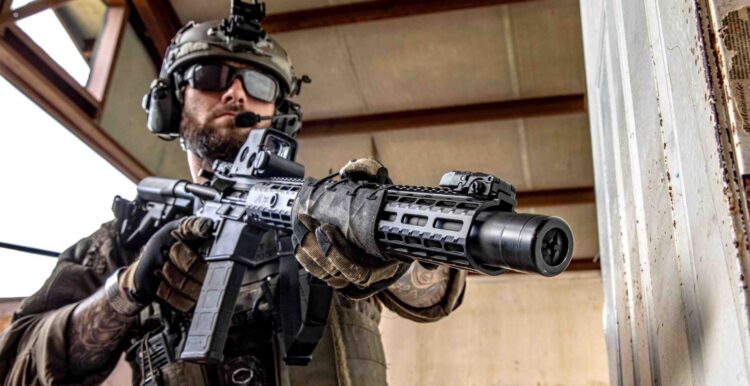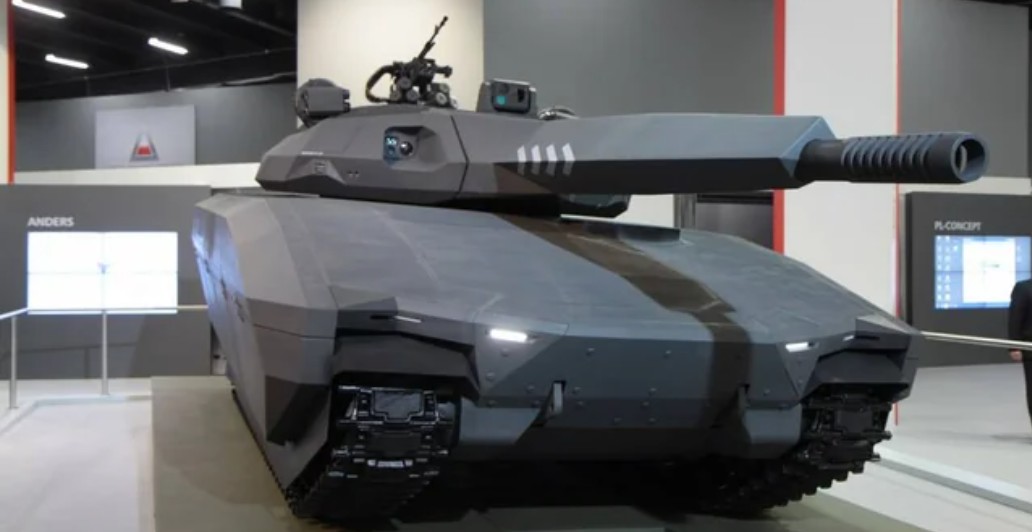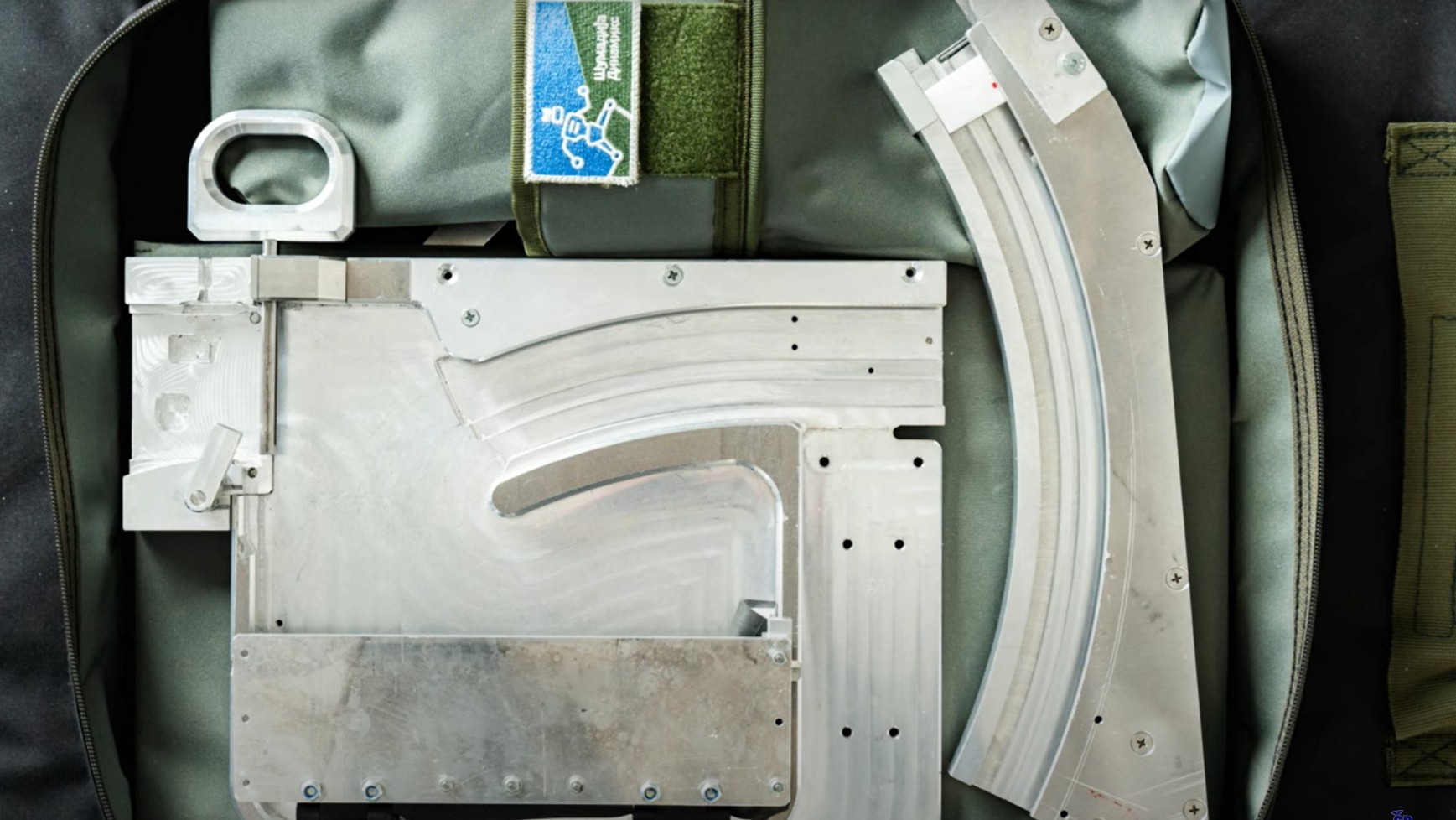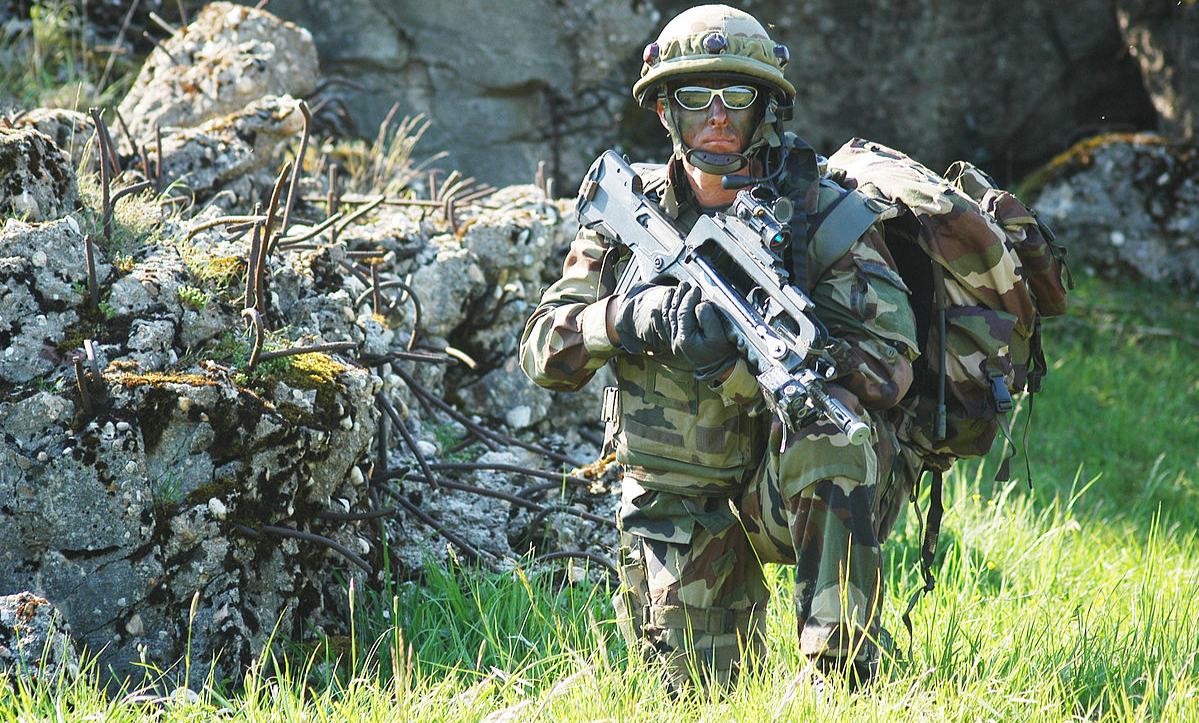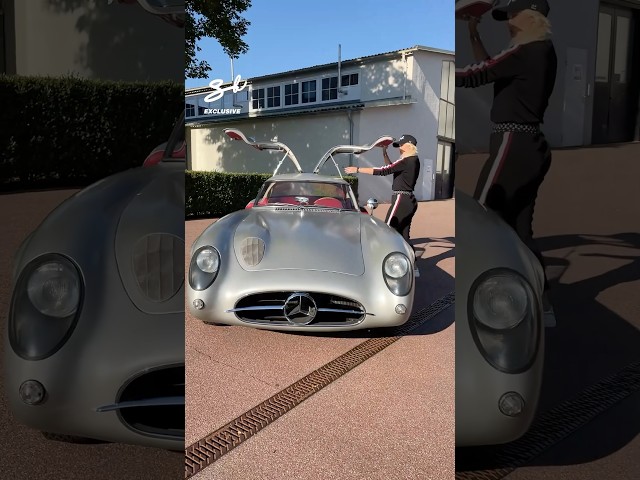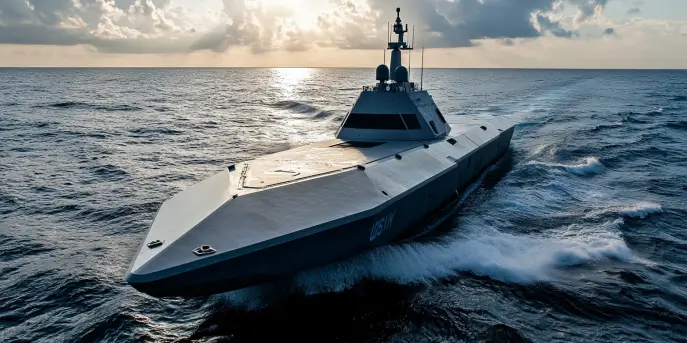The Evolution of Silenced Weaponry
In modern combat, stealth can be just as vital as raw firepower. The US military has long understood the importance of reducing the noise signature of its operations, leading to the development and integration of silencer technology into its arsenal. This article explores this evolution and its implications for modern warfare.
Why Silence Matters in Combat
The opening salvo of a battle often determines its outcome. But beyond the initial engagement, the ability to move undetected can prove decisive. Silencers, or suppressors, play a critical role in minimizing the noise produced by firearms, thereby enhancing the stealth capabilities of military units. By reducing the sound of gunfire, suppressors offer tactical advantages that can be used for both offensive and defensive maneuvers, allowing soldiers to engage or disengage with a degree of concealment not possible with unsuppressed firearms.
Tactical Advantages
The primary function of a silencer is to muffle the sound of a gunshot, a critical feature for operations requiring a covert approach. This can prevent the enemy from determining the position of fire, allowing troops to maintain the element of surprise or retreat without giving away their exact location. Additionally, silencers can reduce muzzle flash, making it difficult for enemy forces to locate shooters in low-light conditions.
Improved Communication: In the chaos of battle, communication is key. Reducing firearm noise allows soldiers to communicate more easily, improving coordination and effectiveness on the battlefield without relying solely on radio equipment that may be disrupted.
Enhanced Soldier Safety: Exposure to constant loud noises can be detrimental to a soldier’s hearing over time. Suppressors can help mitigate this risk, contributing to the long-term health and operational readiness of military personnel.
Technical Overview of Modern Silencers
Modern silencers are a marvel of engineering, meticulously designed to balance effectiveness with practicality. They are constructed from durable materials such as titanium or reinforced aluminum to withstand high temperatures and extensive use.
| Feature | Description |
|---|---|
| Noise Reduction | Reduces sound by 20-35 dB |
| Material | Titanium, Aluminum |
| Weight | Varies between 20-30 ounces |
| Barrel Compatibility | Threaded and quick-attach systems |
The efficacy of a silencer is measured not just in decibels reduced but also in how well it integrates with the soldier’s existing equipment. This integration means less weight and bulk to manage in the field, as well as ensuring reliability under combat conditions.
Integration into the Military Arsenal
The integration of silencers into the military’s arsenal hasn’t been merely an addition but rather a transformation. Certain units, such as special operations forces, have made them a standard part of their loadouts. This integration reflects a shift in military doctrine towards flexibility and adaptability, recognizing that modern conflicts demand a blend of subtlety and power.
The process of integrating silencers involves extensive testing and adaptation to existing weapon systems. This ensures that any modifications do not compromise the weapon’s performance. The military continually works with defense contractors and experts to innovate and refine silencer technology, ensuring that each iteration meets the demands of modern warfare.
Challenges and Considerations
- Compatibility: Ensuring silencers are compatible with current firearms.
- Maintenance: Regular maintenance is crucial to ensure suppressors remain effective and do not degrade performance.
- Cost: The cost of widespread silencer integration can be substantial, both in terms of initial outlay and ongoing maintenance.
Impact on Future Military Conflicts
The impact of silencers on military operations is likely to grow as warfare becomes more asymmetric. Silencers not only enhance the capabilities of elite troops but also have potential for standard infantry, where stealth and surprise can convert a disadvantage into a tactical win. The silence of the battlefield can provide a psychological edge, creating uncertainty and fear within enemy ranks, while simultaneously boosting confidence among allied forces.
The strategic deployment of silencer-equipped units highlights the military’s commitment to adapting to evolving threats and exploiting technological advancements. As nations worldwide bolster their arsenals, silencers will continue to play a key role in the ongoing evolution of military tactics and operations.
